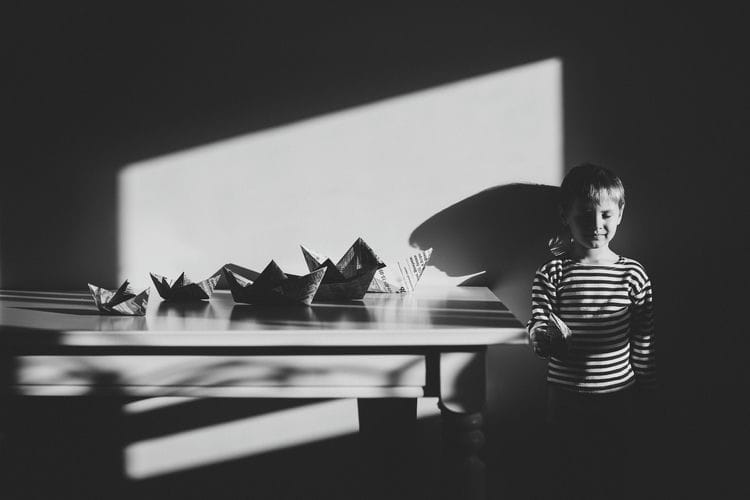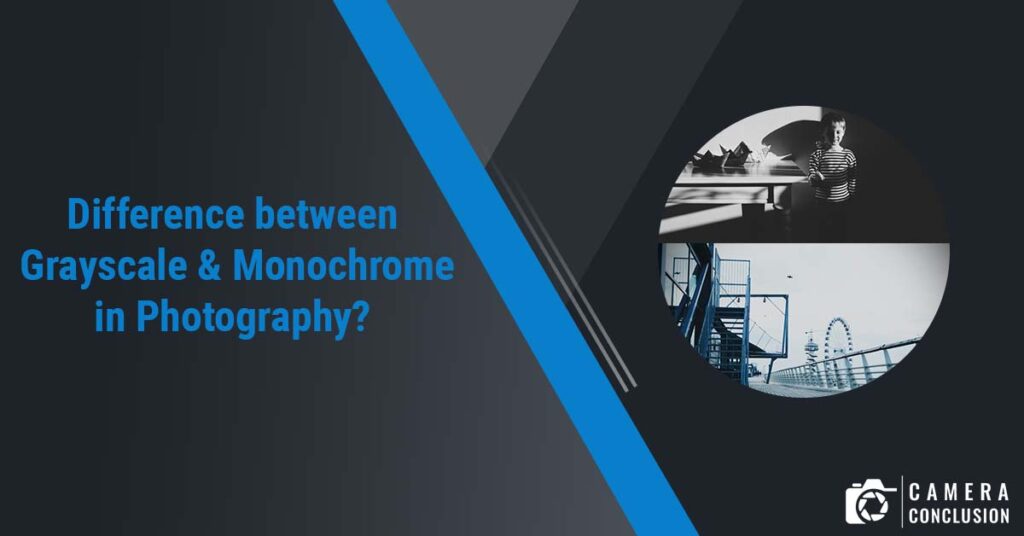Index
In photography, grayscale and monochrome are two terms that are often used interchangeably, but they actually refer to two different techniques for creating images. Grayscale photography involves using shades of gray to create an image, while monochrome photography involves using a single color or tone to create an image. Understanding the difference between these two techniques is important for photographers who want to create specific visual effects or convey a particular mood or emotion in their images. In this essay, we will explore the differences between grayscale and monochrome photography, including their advantages and disadvantages, techniques for creating images, and when to use each technique for the most effective results.
Grayscale Photography
Grayscale photography, also known as black-and-white photography, involves using different shades of gray to create an image. This technique eliminates color from the image, leaving only the varying tones of gray. Grayscale images can be created through digital or film photography, and can also be created from color images using post-processing software.

Advantages of using grayscale photography include:
- Focus on textures and contrast: By eliminating color, grayscale photography draws attention to the texture and contrast of the image, creating a more dramatic and impactful image.
- Timelessness: Grayscale images have a classic and timeless feel, evoking a sense of nostalgia and history.
- Simplicity: The absence of color can create a simpler and cleaner image, allowing the viewer to focus on the subject and composition.
Disadvantages of using grayscale photography include:
- Limitations in conveying emotion : Without color, grayscale images may be limited in their ability to convey certain emotions or moods.
- Limited use in certain genres : Grayscale photography may not be suitable for certain genres, such as fashion or product photography, where color is an important element.
Techniques for creating grayscale images include adjusting the saturation levels in post-processing software or using specialized black and white film. Overall, grayscale photography is a powerful technique that can create impactful and timeless images.
Monochrome Photography
Monochrome photography is a technique that involves using a single color or tone to create an image. This can be achieved by using a single color filter over the lens, or through post-processing software to convert the image into a single color or tone. Monochrome photography can be done in a variety of colors, including sepia, blue, or green, and can also be done in shades of gray.

Advantages of using monochrome photography include:
- Emotional impact: The use of a single color or tone can create a strong emotional impact and convey a particular mood or atmosphere.
- Creative freedom: Monochrome photography allows for more creative freedom and experimentation with color and tone, as the photographer can choose a specific color or tone to create the desired effect.
- Use in certain genres: Monochrome photography can be particularly effective in certain genres, such as portrait or landscape photography, where the use of a single color or tone can enhance the mood and emotion of the image.
Disadvantages of using monochrome photography include:
- Limited color range: The use of a single color or tone can limit the range of colors and tones in the image, potentially resulting in a less dynamic image.
- Risk of appearing gimmicky: The use of a single color or tone can be seen as gimmicky or cliché if not used effectively.
Techniques for creating monochrome images include using color filters, adjusting hue and saturation levels in post-processing software, or using specialized monochrome film. Overall, monochrome photography is a powerful technique that can create striking and emotional images, but requires a careful consideration of color and tone to achieve the desired effect.
Differences between Grayscale and Monochrome Photography
While grayscale and monochrome photography are both techniques that involve using limited color or tone, there are some key differences between the two:
Grayscale photography only uses shades of gray, while monochrome photography can use any single color or tone.
Grayscale photography focuses on contrast and texture, while monochrome photography focuses on conveying emotion and mood through the use of a single color or tone.
Grayscale photography can create a classic and timeless feel, while monochrome photography can create a more contemporary and artistic look.
Grayscale photography is often used in genres such as documentary and street photography, while monochrome photography is often used in portrait and landscape photography.
Ultimately, the choice between grayscale and monochrome photography depends on the desired outcome of the image and the mood or emotion the photographer wants to convey. Both techniques can be effective in creating impactful and memorable images.
When to Use Grayscale or Monochrome Photography
Grayscale photography is ideal for:
- Creating a classic and timeless feel, especially in documentary or historical photography.
- Drawing attention to texture and contrast in the image.
- Creating a simpler and cleaner image that allows the viewer to focus on the subject and composition.
Monochrome photography is ideal for:
- Conveying a strong emotional impact and mood through the use of a single color or tone.
- Creating a contemporary and artistic look, especially in portrait or landscape photography.
- Experimenting with color and tone to create a unique and impactful image.
Conclusion
In conclusion, while both grayscale and monochrome photography involve using limited color or tone in an image, they have distinct differences and purposes. Grayscale photography uses only shades of gray to create a classic and timeless feel, while emphasizing contrast and texture. Monochrome photography, on the other hand, can use any single color or tone to convey a strong emotional impact and mood, while allowing for more creative experimentation.
When deciding whether to use grayscale or monochrome photography, it’s important to consider the subject matter, composition, and desired emotional impact of the image. Both techniques can be effective in creating impactful and memorable images, and the choice between the two ultimately depends on the photographer’s creative vision and goals.
